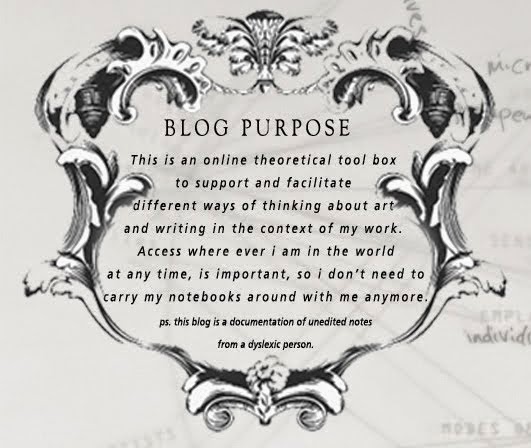Denise Duttun reviews John Carey's book " What good are the Arts"?
Powerless to enter into the inner experience
of others, we are all debarred from valid comment on any claim they may make
about the status of this or that object as a work of art.
What good are the arts? Here’s one stab at
an answer. They provide us with powerful pleasures. They expand our imaginative
sense. The are windows into historical epochs and into realms of pure fancy and
fantasy. They sharpen our intellectual discriminative powers and, for example
in music, develop human technical capacities to the highest degree possible.
The arts incite emotional experience of an intensity and variety nowhere else
available and take us deeply into alternative human sensibilities. They can
increase human sociality, for artistic performers and their audiences alike.
They record what are some of the most profound ideas human beings have ever
had, but unlike advanced science do it in a way that ordinary mortals can
understand
A bright spot in
Carey’s book is his enthusiastic incorporation of aesthetic theories of the
American thinker Ellen Dissanayake. She argues that the arts came into prehistoric
life as ways of nurturing tribal solidarity and human fellow-feeling. They
involved from the beginning ways of what Dissanayake calls “making special” —
in painting, dancing, carving, chanting, and body decoration. Art’s function in
early history, “was to render socially-important activities gratifying,
physically and emotionally, and that is how it played a part in natural
selection.”
encouraging the creative development
of our human skill and perception.
Kirstin Mae - notes about how creativity/ arts
is a way to access and learn knowledge in a deeper way to text books.
Touch/lived experience/
Carey's anti-elitist values were adopted and
put into practice.
Seamus Heaney's suggestion that, by stirring
pre-conscious levels of thought, the sounds and rhythms of poetry "touch
the base of our sympathetic nature" and strengthen us against "the
wrongness all around". Fan though he is of Heaney's work, Carey is
unconvinced by this.........So can art do us no good? Yes it can, says Carey, who
cites one recent example of its literally life-saving properties (the novelist
DBC Pierre deciding not to kill himself after hearing a symphony on the radio),
and who describes the benefits art has brought to long-term prisoners and in
the treatment of depression. Health creation rather than wealth creation is a
burgeoning field of the arts and it's where researchers and policy-makers ought
to be putting their energy. Passionate though he is on the subject, dropping
his donnish mask to speak lyrically of empowerment and self-esteem, Carey might
have said a lot more here - about the way art is used in hospitals, for
instance, and about the emerging profession of "bibliotherapy".
The indistinctness of literature is
important, too - the power of texts to be ambiguous allows space for
"reader-creativity".

